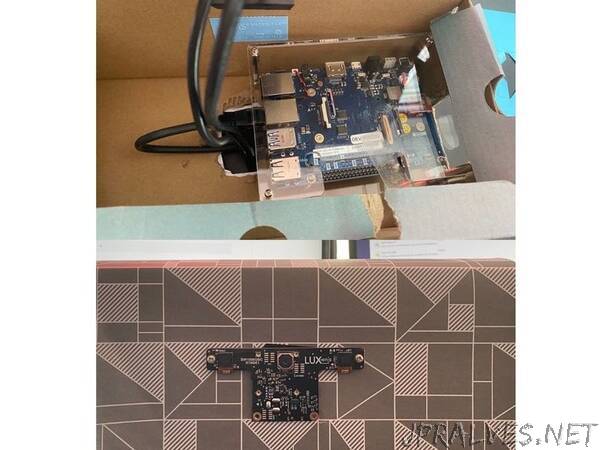
“OpenCV OAK-D camera with ADLINK Edge AI hardware & software to build a social distancing solution.
As we deal with these unprecedented times organisations are looking at how people can return to physical shared spaces. A common approach to this solution is to use computer vision to monitor the occupancy of shared spaces in schools, offices and retail stores. But with the technology that is currently available we can take this one step further and monitor the distance between people in these shared spaces. With information about the number of people and the distances between people we can build innovative alerting solutions to notify when good social distancing practices are not being adhered to.
The most basic alerting solution is to provide a dashboard with a people counter and distances graph.
So how did we do it
For this particular solution I decided to use the Luxonis DepthAI: USB3C camera; it is the basis for the OpenCV AI Kit OAK-D camera that garnered much attention on Kickstarter. It features three vision sensors, one 4K camera and the other two stereo cameras are used for spacial sensing. And, to top it off it includes an Intel MyriadX accelerator that can very efficiently run AI models to turn the unstructured data coming from the cameras into more structured data that we can build solutions such as this one with.
The DepthAI camera doesn’t have any general purpose processing capabilities that would let us provide a dashboard, data persistence, cloud connectivity for example. To address this I paired with DepthAI camera with an ADLINK Vizi-AI, which includes an Intel Atom processor and a software stack from ADLINK that eases the process of building solutions such as this one.
In particular we leverage the Node-RED application that is included on the Vizi-AI to process the data that is coming from the DepthAI camera. All of the logic for counting the number of people, the distances between people, and the dashboard is implemented in Node-RED. As you will see it provides a fairly frictionless environment for developing rapid prototypes of solutions (like we are doing here.)”
